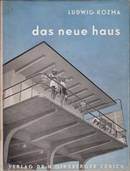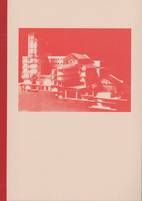Tereza Zelenkova - The Essential Solitude, Void, 2021, Athens
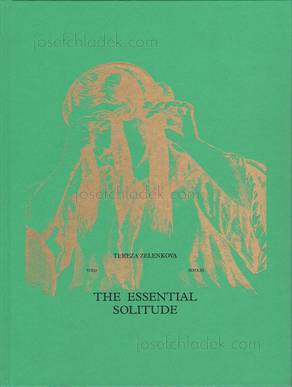
Tereza Zelenkova The Essential Solitude

Tereza Zelenkova The Essential Solitude
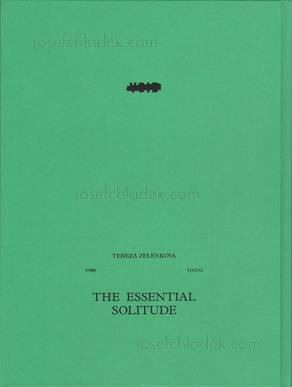
Tereza Zelenkova The Essential Solitude
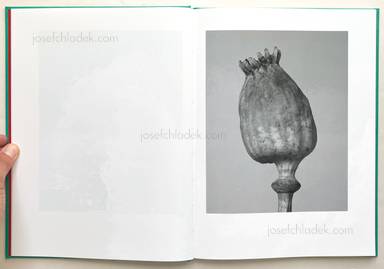
Sample page 1 for book "Tereza Zelenkova – The Essential Solitude", josefchladek.com
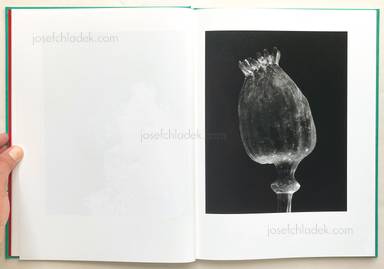
Sample page 2 for book "Tereza Zelenkova – The Essential Solitude", josefchladek.com

Sample page 3 for book "Tereza Zelenkova – The Essential Solitude", josefchladek.com
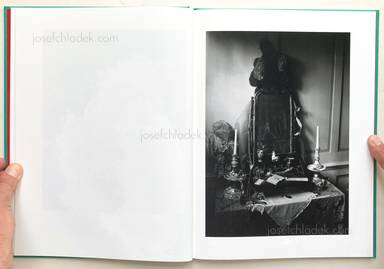
Sample page 4 for book "Tereza Zelenkova – The Essential Solitude", josefchladek.com

Sample page 5 for book "Tereza Zelenkova – The Essential Solitude", josefchladek.com
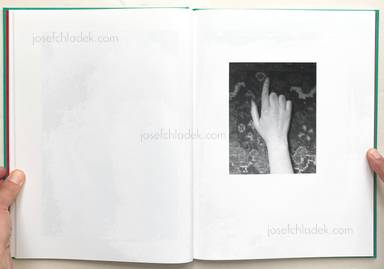
Sample page 6 for book "Tereza Zelenkova – The Essential Solitude", josefchladek.com
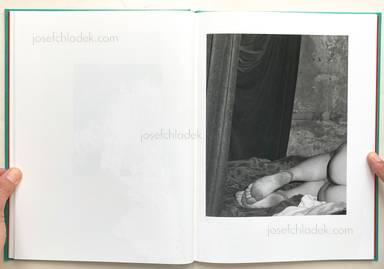
Sample page 7 for book "Tereza Zelenkova – The Essential Solitude", josefchladek.com

Sample page 8 for book "Tereza Zelenkova – The Essential Solitude", josefchladek.com
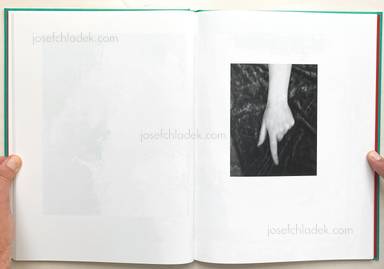
Sample page 9 for book "Tereza Zelenkova – The Essential Solitude", josefchladek.com
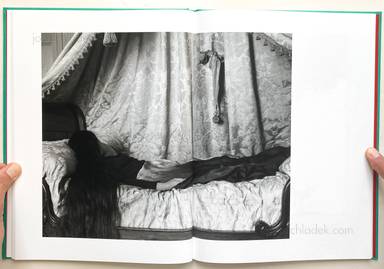
Sample page 10 for book "Tereza Zelenkova – The Essential Solitude", josefchladek.com
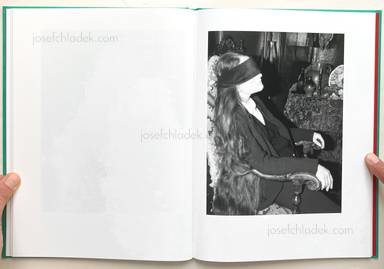
Sample page 11 for book "Tereza Zelenkova – The Essential Solitude", josefchladek.com
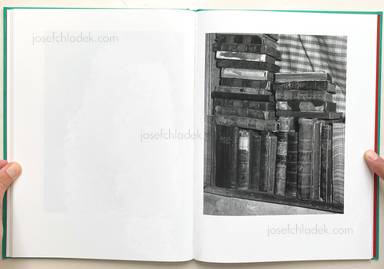
Sample page 12 for book "Tereza Zelenkova – The Essential Solitude", josefchladek.com
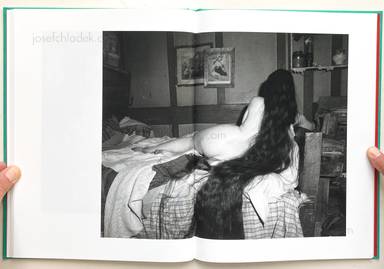
Sample page 13 for book "Tereza Zelenkova – The Essential Solitude", josefchladek.com
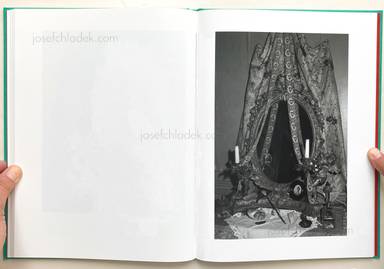
Sample page 14 for book "Tereza Zelenkova – The Essential Solitude", josefchladek.com
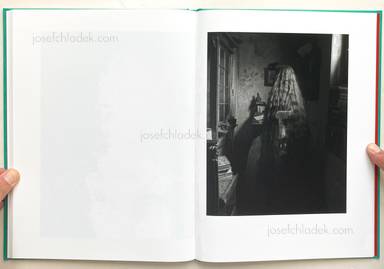
Sample page 15 for book "Tereza Zelenkova – The Essential Solitude", josefchladek.com
Other books tagged History (see all)

Other books tagged Czech (see all)









Other books tagged Solitude (see all)

Other books tagged Black & White (see all)









Other books by Void (see all)






Books to shop at anzenbergergallery-bookshop.com
Hardcover with gold and black foil, photographs and text by Tereza Zelenkova, edition of 1250 copies.
“Deep inside the interior world of Tereza Zelenkova’s The Essential Solitude, time has ceased to exist. Webs of dust have gathered on unmade beds, folds of black velvet sit decaying and unkept, and mirrors have dulled and faded to darkness. Almost as if set in amber, this strange house is a place of peculiar stillness, save for a single figure who moves imperceptibly through its rooms. A being both male and female, human and creature-like, corporeal and imagined, it haunts the images, casting its black shadow across tapestried walls and never meeting our searching gaze.
Zelenkova made the photographs in this book across several visits to Dennis Severs’ House at 18 Folgate Street, London between 2017 and 2018. Conceived as a time capsule for the preservation of styles from centuries passed, the house was designed as an uncanny theatre, and in it Zelenkova located a place to stage a world of one's own.. Somewhere between seeing and feeling, mysticism and truth, dreaming and wakefulness, she invoked her vision for a form of pure solitude – an essential solitude, achieved only through imagination and contemplation, far away from the boundaries of the outside world.” (Joanna L. Creswell)
I had known of Dennis Severs’ House at 18 Folgate Street for at least ten years by the time I made these photographs. Its original owner, Dennis Severs, who I never had the chance to meet, must have been an incredibly spirited personality with a profound imagination. I can see some of the interests we would have shared, not least among them a mutual appreciation for period interiors. According to Walter Benjamin, the interior represents the universe for a private individual; a world “in which things are freed from the drudgery of being useful.” Indeed, usefulness and practicality are concepts largely foreign to Dennis Severs’ House, and to art in general. Still, it is enough to look out from one of the house’s windows facing the glass and steel high-rises of the City, to be reminded of some of the oppressive realities of contemporary life. The uncanny timelessness of Severs’ interiors, which are made up not only of countless artefacts carefully arranged in individual rooms that each represent a slightly different historical period, but also various smells and sounds, together resulting in a complete disorientation of the senses. There’s no dogmatism, though, and no desire for historical accuracy, just the ephemeral atmosphere of a dream that transports you to some non-specific time. (Tereza Zelenkova)
“It seems we have learned something about art when we experience what the word solitude designates,” wrote the French writer and philosopher Maurice Blanchot in his essay, The Essential Solitude. What Blanchot has in mind is not any ordinary solitude, however, but rather the solitude of literary work and a work of art. This solitude is different from a simple desire “to be alone”, or the solitude artists might require to be able to practice their art. The solitude of the work of art hinges on its existence outside of any commonly perceived time and space. “To write is to surrender oneself to the fascination of the absence of time,” Blanchot explains, “when here is also nowhere, when each thing withdraws into its image and the ‘I’ that we are, recognizes itself as it sinks into the neutrality of a faceless ‘he’.” What Blanchot describes is a creative act through which one severs his or her ties to the surrounding reality and forgoes their individualism for something universal and primordial. And, without doubt, something not so dissimilar also affects a reader or a viewer, who too can lose themselves within the nowhere of the work. I wanted to render my personal vision of this nowhere space that is at once familiar but strange; existing on the threshold of the imaginary and the real; rooted in history but always somehow outside of time.
After these past two years, many of us know more about solitude than we could ever have dreamed of before. Our homes’ interiors also became our exteriors, our workplaces, restaurants, cinemas, and much more. One must ask himself now, why someone would want to confine himself in such a manner voluntarily. Yet, when we look at the history of art and literature, solitude seems to be one of the most cherished abodes of creatives; and the interior, however impoverished, is the place in which fantastical occurrences are unsurpassable by any other voyage one might make.
‘The Essential Solitude’ was previously self-published in a small run. Featuring unpublished images and text, this new edition is the opportunity to spread this unique series to a broader audience.
https://void.photo/essentialsolitude
Pages: 80
Place: Athens
Year: 2021
Publisher: Void
Size: 25 x 33 cm (approx.)
